Amarjot Singh
Eye in the Sky: Real-time Drone Surveillance System for Violent Individuals Identification using ScatterNet Hybrid Deep Learning Network
Jun 03, 2018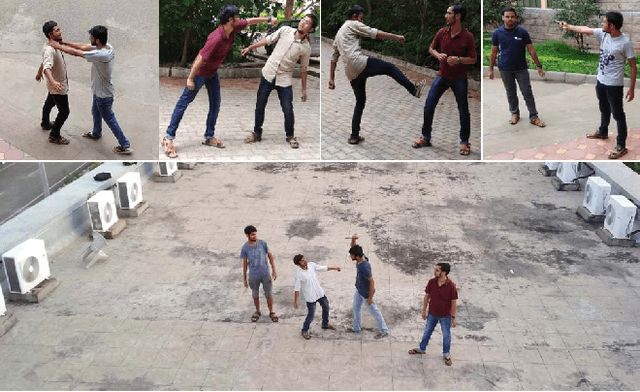

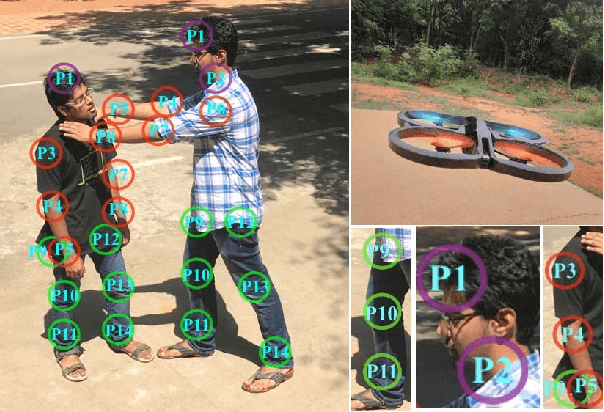

Abstract:Drone systems have been deployed by various law enforcement agencies to monitor hostiles, spy on foreign drug cartels, conduct border control operations, etc. This paper introduces a real-time drone surveillance system to identify violent individuals in public areas. The system first uses the Feature Pyramid Network to detect humans from aerial images. The image region with the human is used by the proposed ScatterNet Hybrid Deep Learning (SHDL) network for human pose estimation. The orientations between the limbs of the estimated pose are next used to identify the violent individuals. The proposed deep network can learn meaningful representations quickly using ScatterNet and structural priors with relatively fewer labeled examples. The system detects the violent individuals in real-time by processing the drone images in the cloud. This research also introduces the aerial violent individual dataset used for training the deep network which hopefully may encourage researchers interested in using deep learning for aerial surveillance. The pose estimation and violent individuals identification performance is compared with the state-of-the-art techniques.
Generative ScatterNet Hybrid Deep Learning (G-SHDL) Network with Structural Priors for Semantic Image Segmentation
Feb 13, 2018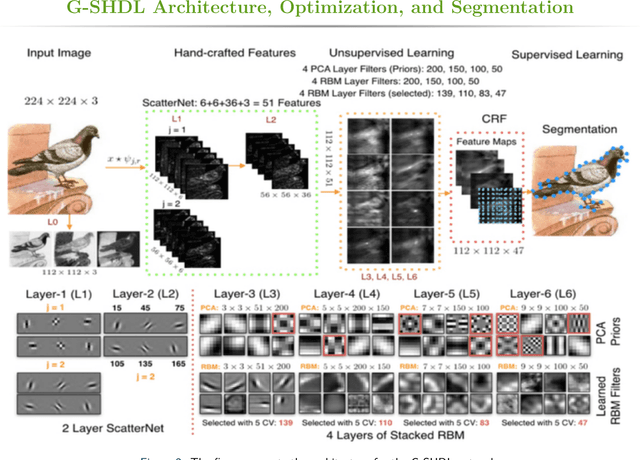


Abstract:This paper proposes a generative ScatterNet hybrid deep learning (G-SHDL) network for semantic image segmentation. The proposed generative architecture is able to train rapidly from relatively small labeled datasets using the introduced structural priors. In addition, the number of filters in each layer of the architecture is optimized resulting in a computationally efficient architecture. The G-SHDL network produces state-of-the-art classification performance against unsupervised and semi-supervised learning on two image datasets. Advantages of the G-SHDL network over supervised methods are demonstrated with experiments performed on training datasets of reduced size.
Disguised Face Identification (DFI) with Facial KeyPoints using Spatial Fusion Convolutional Network
Aug 30, 2017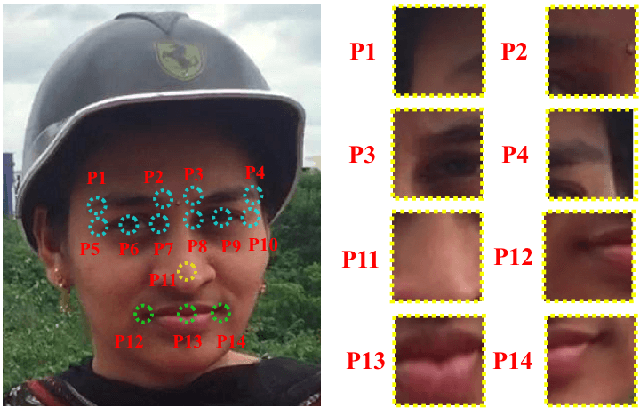
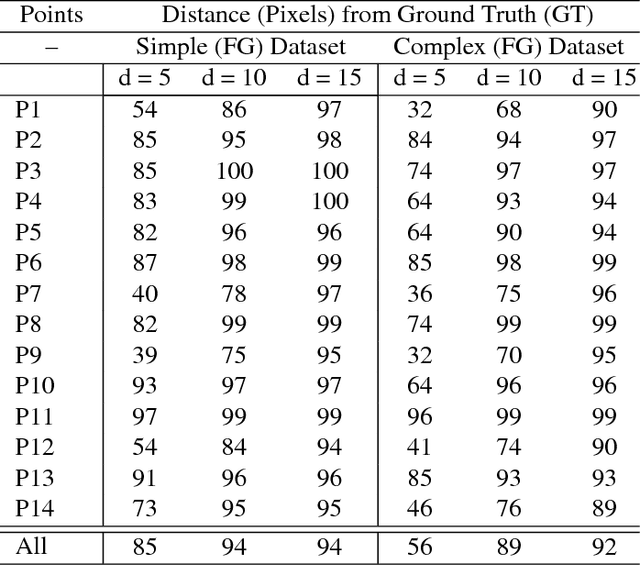
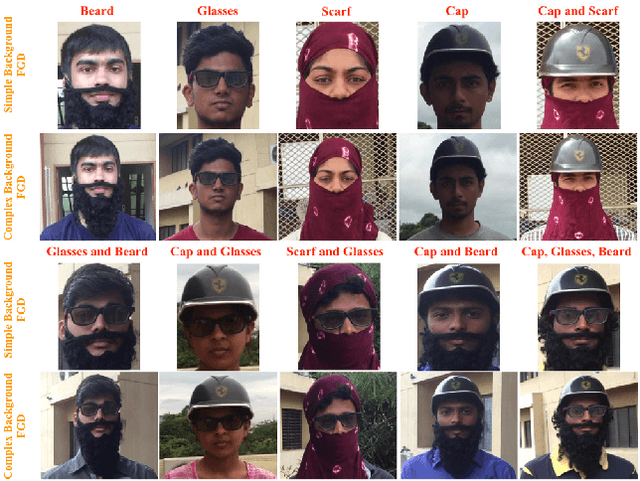

Abstract:Disguised face identification (DFI) is an extremely challenging problem due to the numerous variations that can be introduced using different disguises. This paper introduces a deep learning framework to first detect 14 facial key-points which are then utilized to perform disguised face identification. Since the training of deep learning architectures relies on large annotated datasets, two annotated facial key-points datasets are introduced. The effectiveness of the facial keypoint detection framework is presented for each keypoint. The superiority of the key-point detection framework is also demonstrated by a comparison with other deep networks. The effectiveness of classification performance is also demonstrated by comparison with the state-of-the-art face disguise classification methods.
Texture and Structure Incorporated ScatterNet Hybrid Deep Learning Network (TS-SHDL) For Brain Matter Segmentation
Aug 30, 2017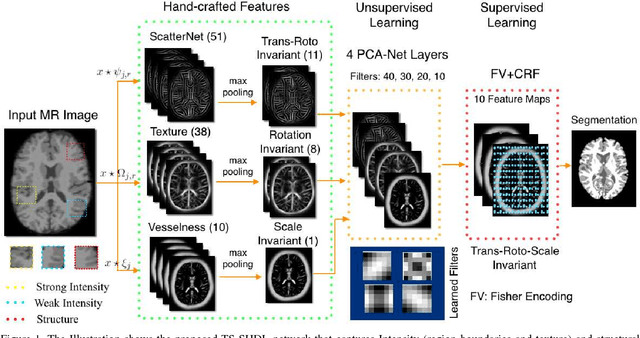



Abstract:Automation of brain matter segmentation from MR images is a challenging task due to the irregular boundaries between the grey and white matter regions. In addition, the presence of intensity inhomogeneity in the MR images further complicates the problem. In this paper, we propose a texture and vesselness incorporated version of the ScatterNet Hybrid Deep Learning Network (TS-SHDL) that extracts hierarchical invariant mid-level features, used by fisher vector encoding and a conditional random field (CRF) to perform the desired segmentation. The performance of the proposed network is evaluated by extensive experimentation and comparison with the state-of-the-art methods on several 2D MRI scans taken from the synthetic McGill Brain Web as well as on the MRBrainS dataset of real 3D MRI scans. The advantages of the TS-SHDL network over supervised deep learning networks is also presented in addition to its superior performance over the state-of-the-art.
Efficient Convolutional Network Learning using Parametric Log based Dual-Tree Wavelet ScatterNet
Aug 30, 2017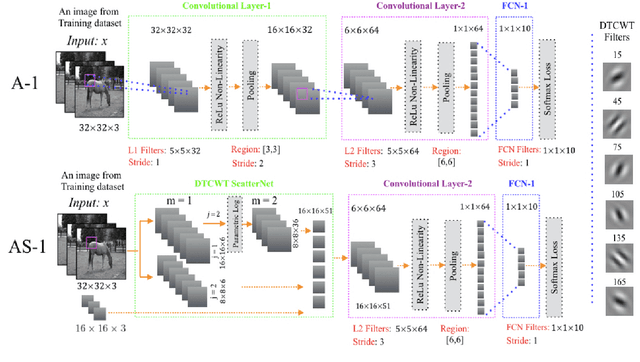

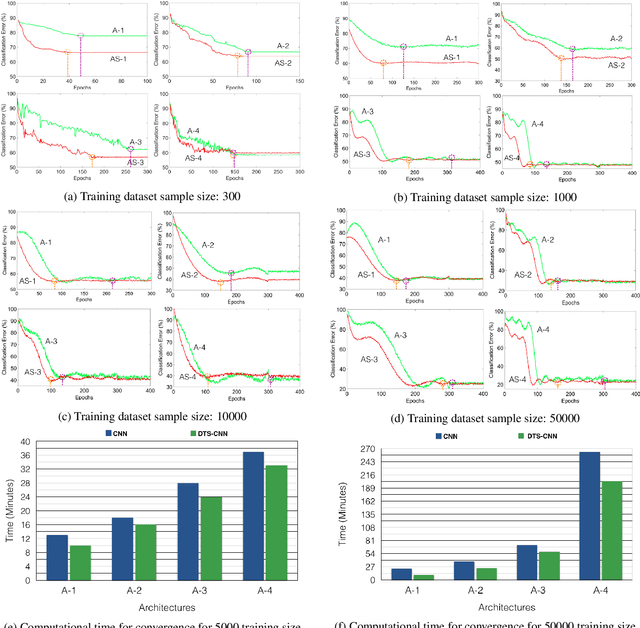
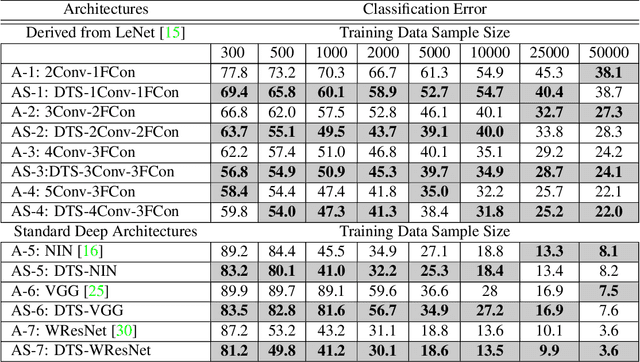
Abstract:We propose a DTCWT ScatterNet Convolutional Neural Network (DTSCNN) formed by replacing the first few layers of a CNN network with a parametric log based DTCWT ScatterNet. The ScatterNet extracts edge based invariant representations that are used by the later layers of the CNN to learn high-level features. This improves the training of the network as the later layers can learn more complex patterns from the start of learning because the edge representations are already present. The efficient learning of the DTSCNN network is demonstrated on CIFAR-10 and Caltech-101 datasets. The generic nature of the ScatterNet front-end is shown by an equivalent performance to pre-trained CNN front-ends. A comparison with the state-of-the-art on CIFAR-10 and Caltech-101 datasets is also presented.
ScatterNet Hybrid Deep Learning (SHDL) Network For Object Classification
Aug 30, 2017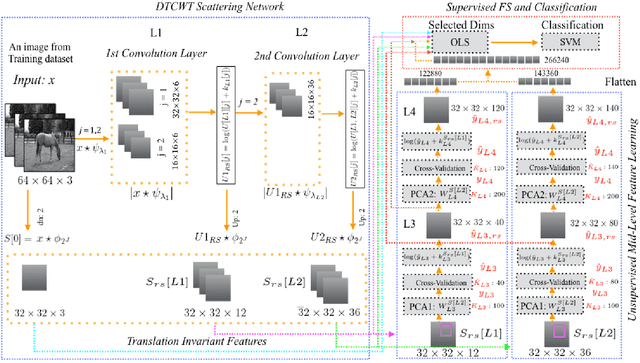

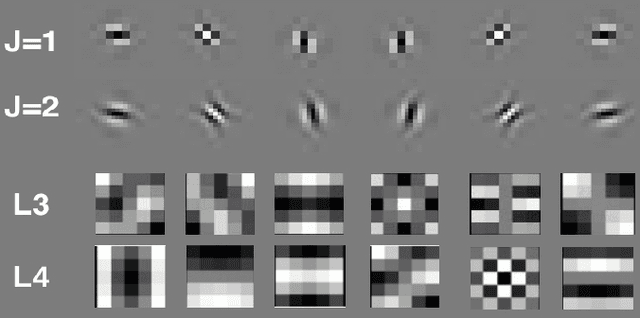

Abstract:The paper proposes the ScatterNet Hybrid Deep Learning (SHDL) network that extracts invariant and discriminative image representations for object recognition. SHDL framework is constructed with a multi-layer ScatterNet front-end, an unsupervised learning middle, and a supervised learning back-end module. Each layer of the SHDL network is automatically designed as an explicit optimization problem leading to an optimal deep learning architecture with improved computational performance as compared to the more usual deep network architectures. SHDL network produces the state-of-the-art classification performance against unsupervised and semi-supervised learning (GANs) on two image datasets. Advantages of the SHDL network over supervised methods (NIN, VGG) are also demonstrated with experiments performed on training datasets of reduced size.
Variance Based Moving K-Means Algorithm
May 12, 2017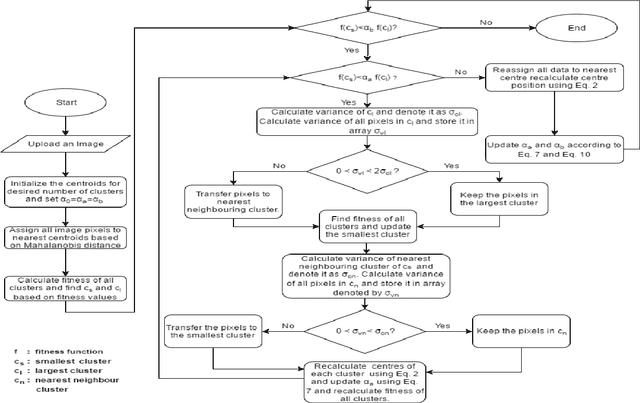
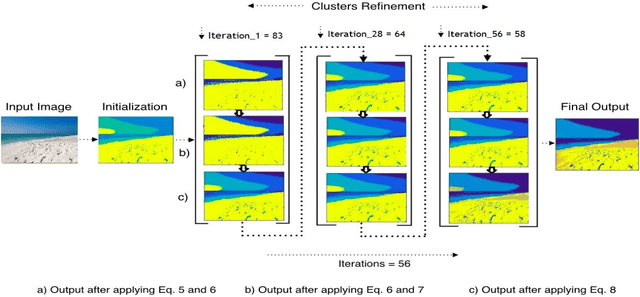
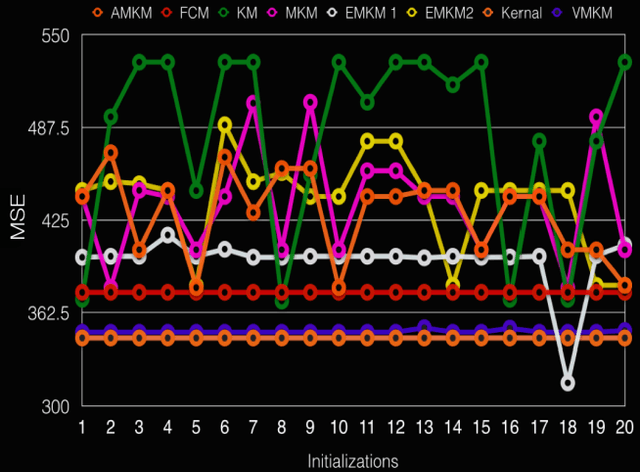

Abstract:Clustering is a useful data exploratory method with its wide applicability in multiple fields. However, data clustering greatly relies on initialization of cluster centers that can result in large intra-cluster variance and dead centers, therefore leading to sub-optimal solutions. This paper proposes a novel variance based version of the conventional Moving K-Means (MKM) algorithm called Variance Based Moving K-Means (VMKM) that can partition data into optimal homogeneous clusters, irrespective of cluster initialization. The algorithm utilizes a novel distance metric and a unique data element selection criteria to transfer the selected elements between clusters to achieve low intra-cluster variance and subsequently avoid dead centers. Quantitative and qualitative comparison with various clustering techniques is performed on four datasets selected from image processing, bioinformatics, remote sensing and the stock market respectively. An extensive analysis highlights the superior performance of the proposed method over other techniques.
 Add to Chrome
Add to Chrome Add to Firefox
Add to Firefox Add to Edge
Add to Edge